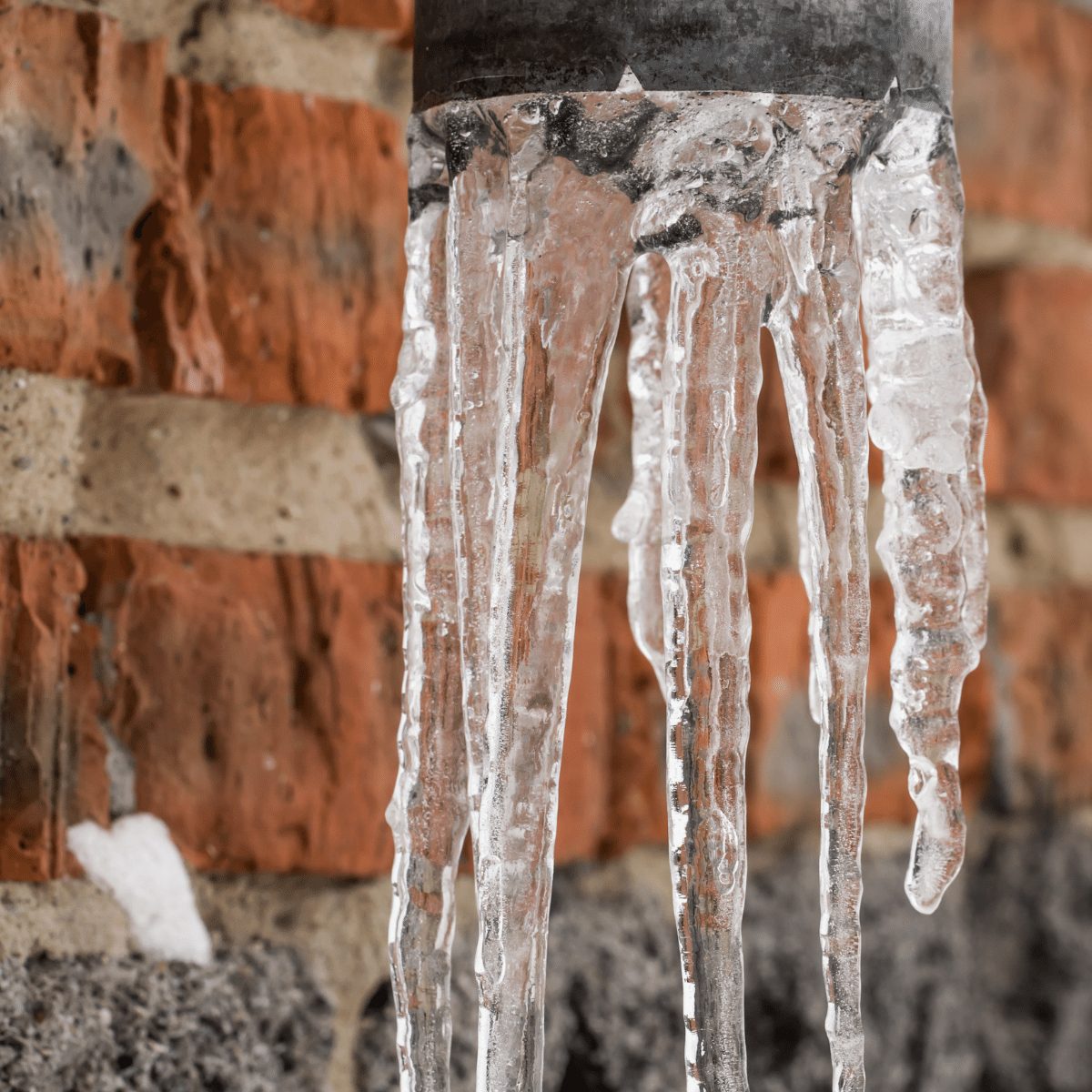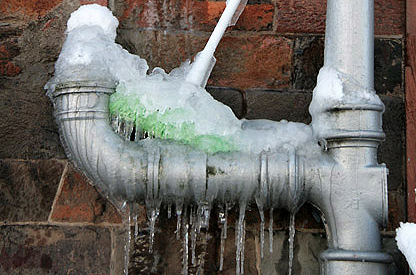How to Protect Plumbing System from Cold Weather: Essential Strategies
CallDo you find yourself searching for help and advice around Helpful Tips to Prevent Frozen Pipes this Winter?

Cold weather can ruin your plumbing, especially by freezing pipes. Here's how to avoid it from occurring and what to do if it does.
Intro
As temperature levels drop, the risk of icy pipes rises, possibly causing pricey repairs and water damage. Recognizing exactly how to stop frozen pipes is critical for home owners in cool climates.
Comprehending Icy Pipes
What triggers pipes to ice up?
Pipes freeze when exposed to temperatures listed below 32 ° F (0 ° C) for prolonged periods. As water inside the pipes ices up, it expands, putting pressure on the pipe wall surfaces and potentially triggering them to burst.
Risks and problems
Icy pipelines can cause water supply disturbances, building damage, and pricey fixings. Ruptured pipes can flooding homes and cause comprehensive architectural damage.
Indications of Frozen Pipes
Determining frozen pipes early can avoid them from bursting.
Just how to identify icy pipes
Seek lowered water circulation from taps, unusual smells or noises from pipes, and noticeable frost on revealed pipes.
Avoidance Tips
Shielding prone pipes
Cover pipelines in insulation sleeves or use warm tape to protect them from freezing temperature levels. Concentrate on pipes in unheated or exterior areas of the home.
Home heating methods
Keep interior rooms effectively heated up, particularly locations with pipes. Open cupboard doors to permit cozy air to flow around pipes under sinks.
Shielding Outdoor Plumbing
Yard tubes and exterior taps
Disconnect and drain garden tubes prior to winter season. Set up frost-proof faucets or cover exterior faucets with protected caps.
What to Do If Your Pipes Freeze
Immediate actions to take
If you suspect icy pipes, maintain taps open up to alleviate pressure as the ice thaws. Utilize a hairdryer or towels taken in hot water to thaw pipelines slowly.
Long-Term Solutions
Architectural modifications
Think about rerouting pipelines far from outside wall surfaces or unheated areas. Add additional insulation to attics, cellars, and crawl spaces.
Upgrading insulation
Invest in high-grade insulation for pipes, attics, and wall surfaces. Correct insulation helps preserve constant temperature levels and reduces the danger of icy pipelines.
Final thought
Avoiding icy pipes requires aggressive measures and fast feedbacks. By comprehending the causes, indications, and preventive measures, house owners can safeguard their plumbing during winter.
5 Ways to Prevent Frozen Pipes
Drain Outdoor Faucets and Disconnect Hoses
First, close the shut-off valve that controls the flow of water in the pipe to your outdoor faucet. Then, head outside to disconnect and drain your hose and open the outdoor faucet to allow the water to completely drain out of the line. Turn off the faucet when done. Finally, head back to the shut-off valve and drain the remaining water inside the pipe into a bucket or container. Additionally, if you have a home irrigation system, you should consider hiring an expert to clear the system of water each year.
Insulate Pipes
One of the best and most cost-effective methods for preventing frozen water pipes is to wrap your pipes with insulation. This is especially important for areas in your home that aren’t exposed to heat, such as an attic. We suggest using foam sleeves, which can typically be found at your local hardware store.
Keep Heat Running at 65
Your pipes are located inside your walls, and the temperature there is much colder than the rest of the house. To prevent your pipes from freezing, The Insurance Information Institute suggests that you keep your home heated to at least 65 degrees, even when traveling. You may want to invest in smart devices that can keep an eye on the temperature in your home while you’re away.
Leave Water Dripping
Moving water — even a small trickle — can prevent ice from forming inside your pipes. When freezing temps are imminent, start a drip of water from all faucets that serve exposed pipes. Leaving a few faucets running will also help relieve pressure inside the pipes and help prevent a rupture if the water inside freezes.
Open Cupboard Doors
Warm your kitchen and bathroom pipes by opening cupboards and vanities. You should also leave your interior doors ajar to help warm air circulate evenly throughout your home.

We had been shown that write-up about Prevent Frozen Pipes from an associate on another web blog. Those who appreciated our post please make sure you remember to pass it around. Thanks for being here. Come back soon.
Click For More Information